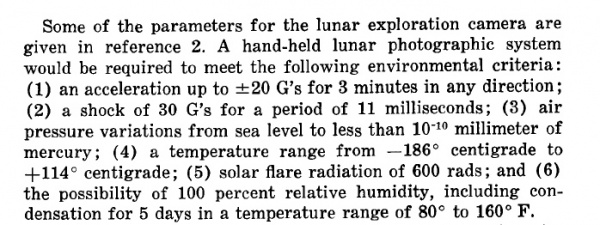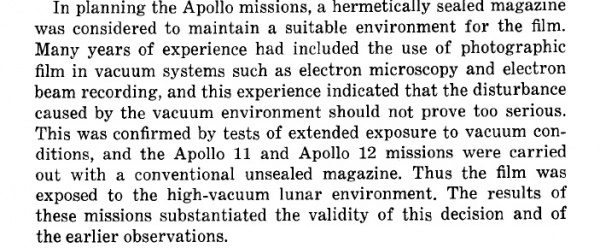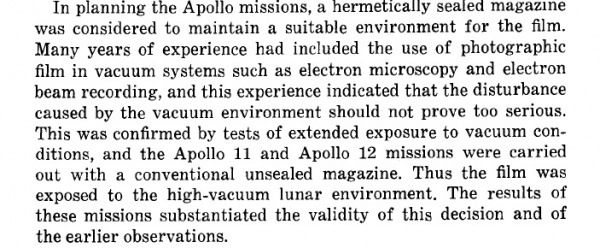Hi all,
I am curious to know members opinion on this particular camera. On a Christmas whim, I saw that KEH had 2 of them and I took the plunge...for both. My thinking was that I could sell one to finance the other. They do pop up once in while with a high price tag but I am not sure they eventually sell. I shoot 500s mostly and have never tried an EL/M. I am afraid that they will be quite bulky for my usual habits. It certainly stands out compared to the basic black ones.http://collectiblend.com/Cameras/Hasselblad/500-EL-M-'20-Years-in-Space'.html
I am curious to know members opinion on this particular camera. On a Christmas whim, I saw that KEH had 2 of them and I took the plunge...for both. My thinking was that I could sell one to finance the other. They do pop up once in while with a high price tag but I am not sure they eventually sell. I shoot 500s mostly and have never tried an EL/M. I am afraid that they will be quite bulky for my usual habits. It certainly stands out compared to the basic black ones.http://collectiblend.com/Cameras/Hasselblad/500-EL-M-'20-Years-in-Space'.html



